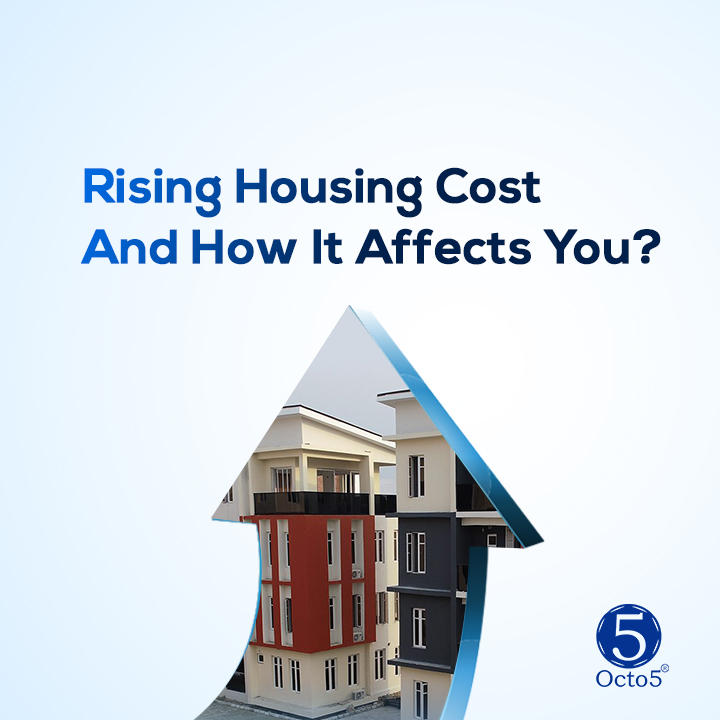The ever-rising cost of housing – a challenge that millions of people face worldwide. The increasing prices of homes, apartments, and condos have left many wondering why this is happening and how they can afford a place to live. In this article, we’ll break down the main drivers behind rising housing costs, as well as provide practical advice on what you can do to navigate this complex landscape.

One of the primary drivers of rising housing costs is simple supply and demand economics. As cities continue to grow and urbanization accelerates, more people move to cities in search of better job opportunities and higher standards of living. However, the supply of housing stock has not kept pace with the increasing demand, resulting in upward pressure on prices. In other words, there are simply not enough homes to go around, causing prices to rise.
Another significant factor is government policies and regulations. Zoning laws, building codes, and environmental regulations all play a crucial role in shaping the housing market. While these policies are intended to promote sustainable development and improve living conditions, they often result in higher construction costs and limit the supply of new housing stock.
Infrastructure development is another critical aspect that affects housing costs. As cities grow and expand, the cost of building new infrastructure, such as roads, public transportation systems, and utilities, increases. These costs are typically passed on to homeowners and renters, further driving up housing prices.
Mortgage rates also play a crucial role in determining housing costs. When interest rates are low, it becomes easier for people to qualify for mortgages, which increases demand for housing and drives up prices. Conversely, when interest rates rise, the cost of mortgages becomes more expensive, making it harder for people to afford homes.
Lastly, speculation and investment in real estate also drive up housing costs. Real estate investing has become increasingly popular in recent years, as investors seek to capitalize on the perceived safety and stability of property ownership. This speculation and investment can drive up prices, as investors compete with homeowners for available housing stock.
So, what can be done to address these complex issues? For individuals, here are some practical tips to help navigate the rising housing costs:
- Get creative with housing arrangements: Consider sharing a home or apartment with roommates, or exploring non-traditional housing options, such as community land trusts or cooperative housing.
- Explore affordable neighborhoods: Look for neighborhoods that are up-and-coming or in transition, as these areas may offer more affordable housing options.
- Improve your credit score: A good credit score can help you qualify for better mortgage rates, making home ownership more affordable.
- Save for a down payment: Aim to save at least 20% of the purchase price to avoid paying private mortgage insurance (PMI).
- Seek professional advice: Work with a reputable real estate agent or financial advisor to help you navigate the complex housing market.
For policymakers, here are some strategies to address rising housing costs:
- Streamline the development process: Simplify and expedite the development process to increase the supply of new housing stock.
- Improve public transportation: Invest in public transportation systems to enable residents to live further away from city centers, reducing demand for housing in these areas.
- Increase funding for affordable housing: Allocate more funds to programs that provide affordable housing options, such as Section 8 housing vouchers and affordable housing developers.
- Implement rent control policies: Consider implementing rent control policies to prevent rapid price increases and promote affordable housing.
- Promote community land trusts: Support community land trusts and cooperative housing models to give residents more control over their housing and property.
In conclusion, the rising cost of housing is a complex issue with many underlying drivers. While there is no single solution to address this problem, a combination of individual action, policy changes, and innovative thinking can help make housing more affordable and accessible for all.





